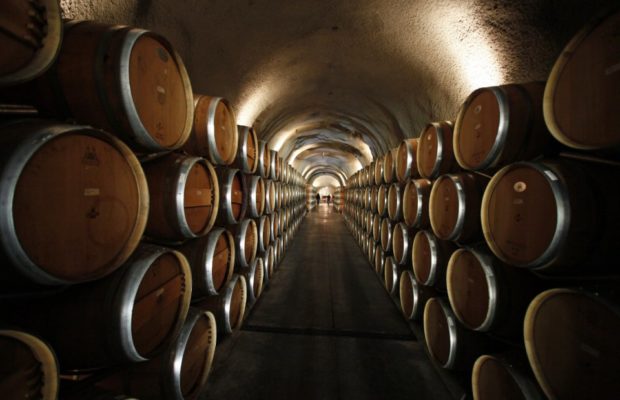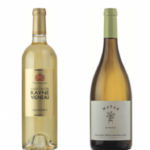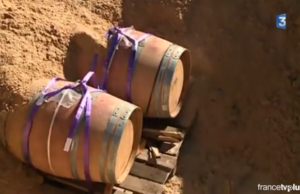Wine Guy: Tired of the same old California reds?

Click here to view original web page at gazette.com By: Rich Mauro Special to The GazetteFebruary 22, 2017
Although cabernet sauvignon, merlot and pinot noir remain the most popular red varietal California wines, it’s natural to crave something different from time to time.
One of my favorite “alternative reds” is petite sirah, a variety of Rhone Valley origin that has been gaining in appreciation. While these wines often display a flavor profile similar to their parent syrah – dark berries, tobacco, leather, earth, mineral and pepper – they typically are wines of deep color, dense structure and rustic body. The following are excellent introductions to petite sirah and quality values:
– 2013 Clayhouse Red Cedar Vineyard Old Vines ($23). From Paso Robles, its meaty, roasted notes overlay ripe, red fruits in a husky texture.
– 2014 Peachy Canyon ($32). Another Paso Robles wine, it is well-integrated with black fruits and black pepper; oaky and full, rustic tannin leads to a creamy finish.
– 2013 Edmeades Mendocino County ($35). Full and tight, with dark berries, spice and smoke, this drinks with an underlying softness while ushering strong tannins.
Another French grape, malbec, has gained favor in the U.S. recently. But that attraction has been directed at Argentina, not California, where it is mostly a blending grape in Bordeaux-style wines. The appeal is based largely on those wines’ round fruit and lush textures. Try these California malbecs and you might be surprised how the grape can deliver equal quality here, too:
– 2013 Clayhouse Red Cedar Vineyard ($14). Rather jammy with sweet berries, it’s fresh with a tart finish.
– 2014 Jamieson Ranch Whiplash ($16). Another fruit forward malbec, it suggests fresh oak and drinks grapey with a chalky palate.
– 2013 Rodney Strong Sonoma County Reserve ($40). This inaugural release shows strong earth, black fruit and oak toast; it’s full, structured and deeply fruited.
Typically when I’m looking for a change of pace, I turn to Italy and Spain for inspiration. Tempranillo is arguably Spain’s most important red grape. It’s responsible for rioja and ribera de duero along with countless regional wines. Apart from the regional variations, it usually produces an aromatic wine with solid acidity, leathery red fruits and earthy qualities. Here are some to try:
– 2014 Castoro Cellars Whale Rock Vineyard Reserve ($24). From an organic vineyard in Paso Robles, I enjoyed its forest notes, red fruits and full, dusty texture.
– 2012 Artesa Limited Release ($45). From Napa Valley, it has deep black cherry, creamy oak and a fresh resiny, yet elegant texture.
Sangiovese is arguably Italy’s most important red grape. It presents red fruit qualities, and its wines tend to be brisk and high-toned, with savory notes. Here are my recommendations:
– 2013 Frank Family Reserve Winston Hill Vineyard ($65). This serious wine shows well-integrated oak with bright, leathery cherry, baking spices and fresh tannin.
– 2013 Palumbo Bella Vigna Vineyard ($45). From Temecula in the south coast, this is smoky and woody with pure, fresh red fruit and chocolate accents.



















